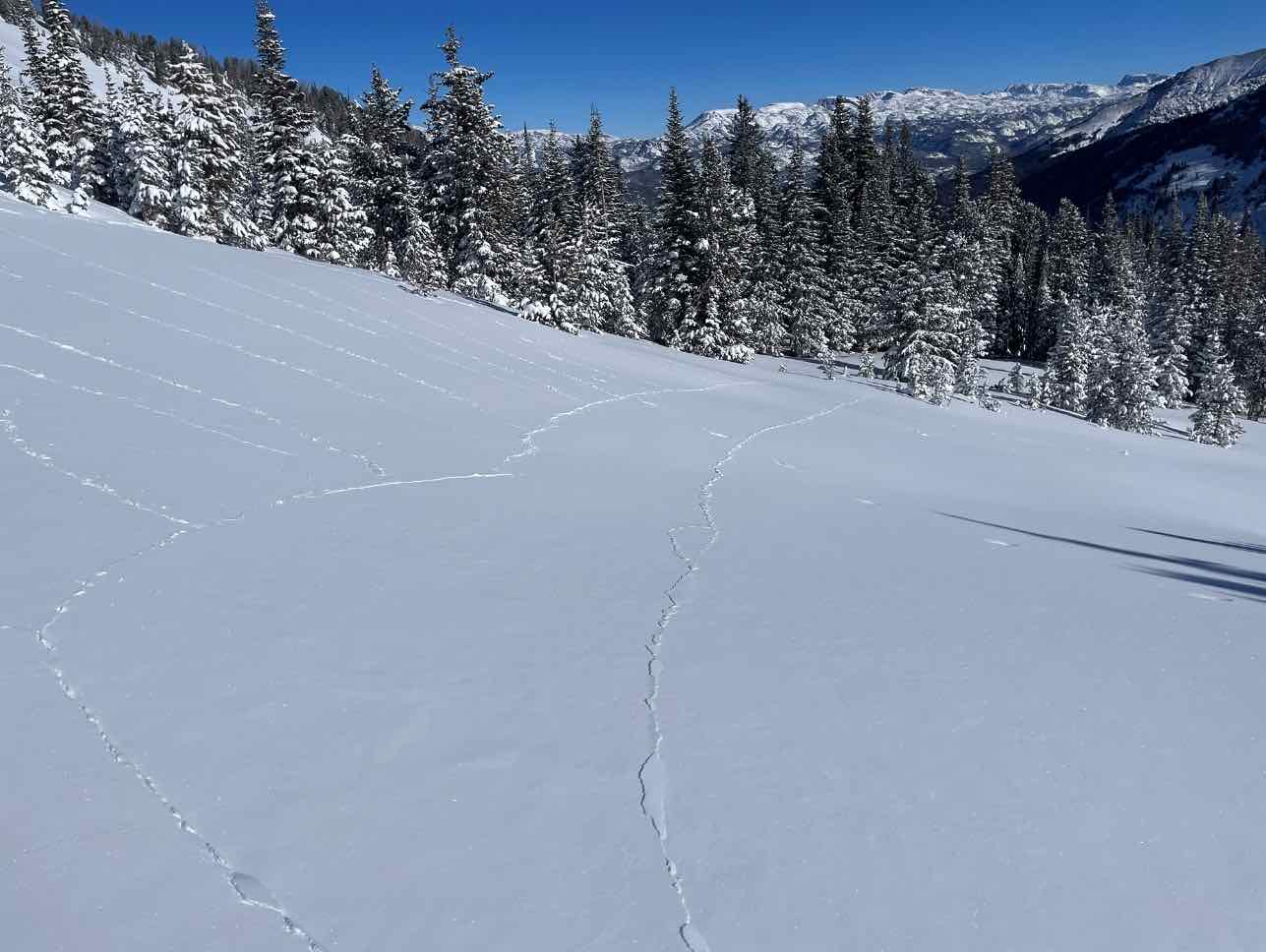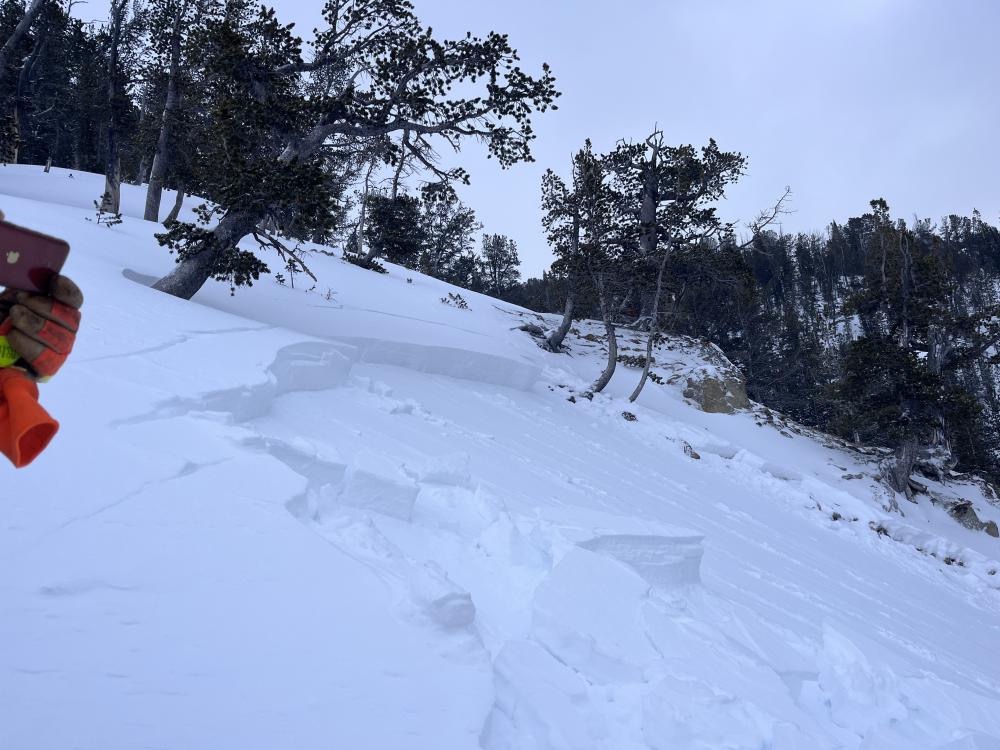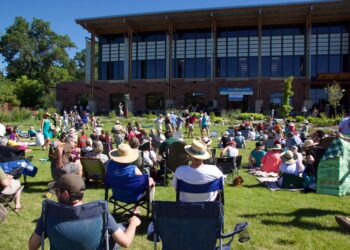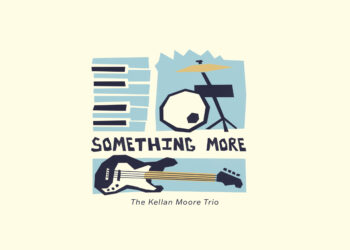The slow start to winter creates a dangerous foundation
By Dave Zinn EBS CONTRIBUTOR
The 2023-2024 winter season began with well below average snowfall in Montana. The lack of snow has snowsports enthusiasts frothing at the mouth for the taste of deep powder skiing and riding. This enthusiasm will get us into trouble when it snows if we fail to remember that avalanche conditions become more dangerous during and immediately after storms. This year, the thin layer of snow on the ground is greatly weakened from weeks of mostly sunny weather in November and December. Our best tool for staying safe during dangerous avalanche conditions is accurately identifying slopes steep enough to slide.


The Natural Resources Conservation Service Montana Snow Survey reports that as of Dec. 30, 2023, the annual snowpack ranges from a meager 26% to 62% of average. A safe generalization in avalanche forecasting is that thin, early-season snowpacks in the Rocky Mountains transform into piles of weak facets with the consistency of granular sugar. This occurs because warmer temperatures at the ground drive water vapor up through the snowpack, creating large angular ice crystals that bond poorly to one another.
This pattern of weakening has been prevalent across the region of Southwest Montana covered by the Gallatin National Forest Avalanche Center. From Island Park, Idaho, to the Bridger Range and Cooke City in Montana, our field days reveal a snowpack rife with weakness. If you ride elsewhere in Montana, refer to your local avalanche forecast or assume things are similar.


Snow returned to the forecast area one week into January. With the new snow, granular facets and feathery surface hoar become persistent weak layers upon which avalanches occur. Instability due to persistent weak layers is slow to improve. It can result in slides that break deeply and widely across slopes and be triggered remotely from long distances away or flat meadows below steep terrain. We are watching with fascination as slabs of snow collapse, crack and tumble down the mountain when even small loads of new snow add stress to our weak snowpack, triggering avalanche warnings. Thus, the celebration of improved riding conditions should come with added caution and conservative decision-making.
Having the fundamental skill of identifying avalanche terrain can help keep us safe. Avalanche terrain is commonly defined as any slope steeper than 30 degrees. Add a slope angle measuring tool, called an inclinometer, and a digital map with slope angle overlays to your standard avalanche kit, including a transceiver, probe and shovel. Backcountry travelers can also look for physical clues such as steep slopes cleared of large trees and trees with broken branches on the uphill side. These physical clues can help us determine how far avalanches run downhill.
As snow falls this winter, we must all be on top of our avalanche game. The season will be characterized by weakness within the snowpack and dangerous avalanche conditions during and after snowstorms. Continue to hope for snow, and when it comes, keep the excitement high by making safe decisions relative to the increases in avalanche danger.
Follow the Gallatin National Forest Avalanche Center at mtavalanche.com or your local avalanche center at avalanche.org to track the avalanche conditions as the season progresses.
Dave Zinn is an avalanche forecaster for the Gallatin National Forecast Avalanche Center.















